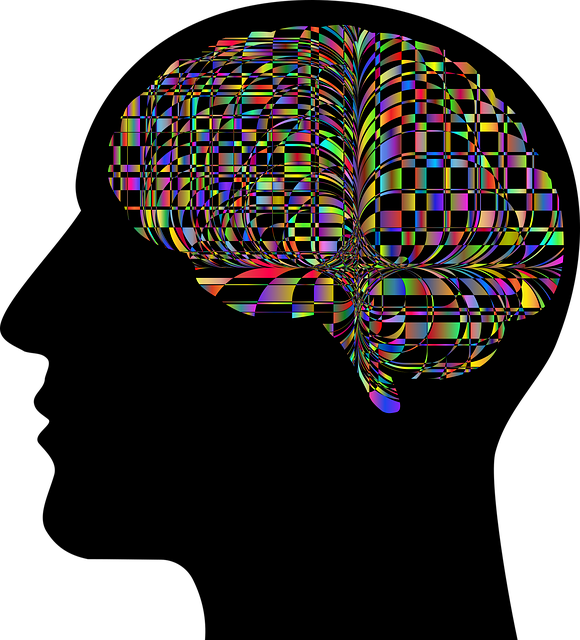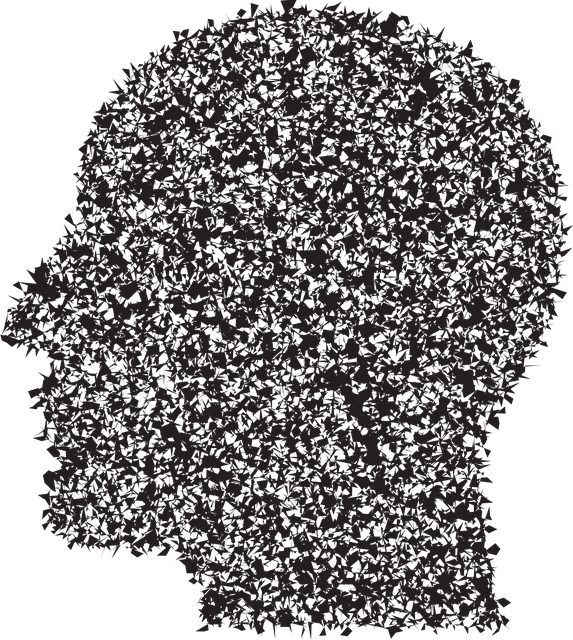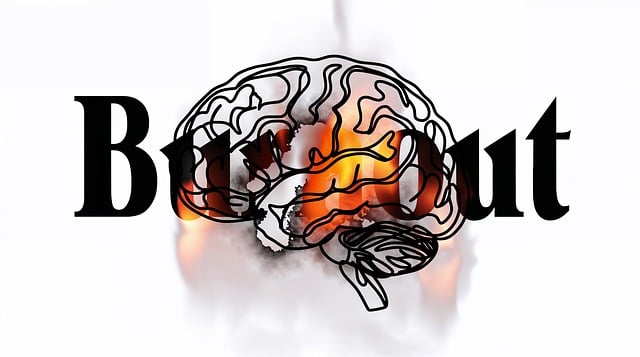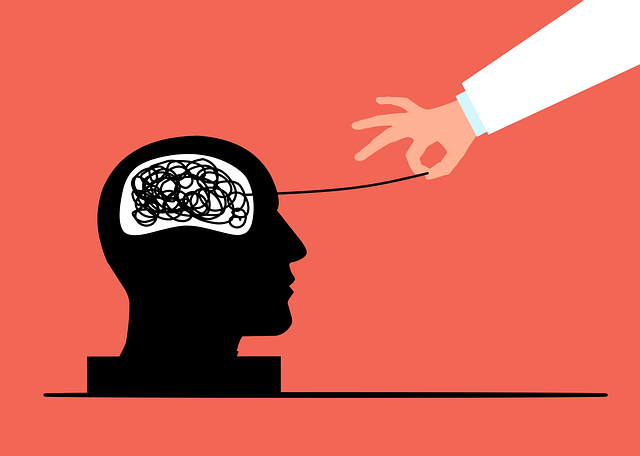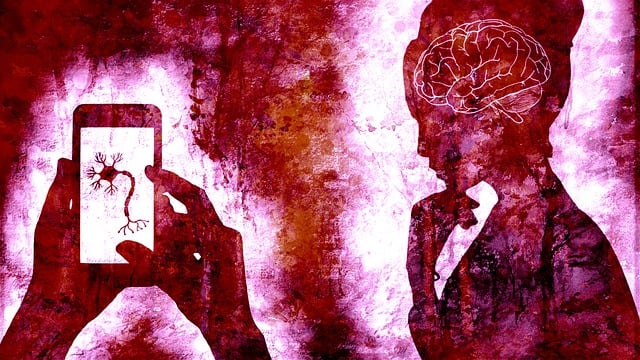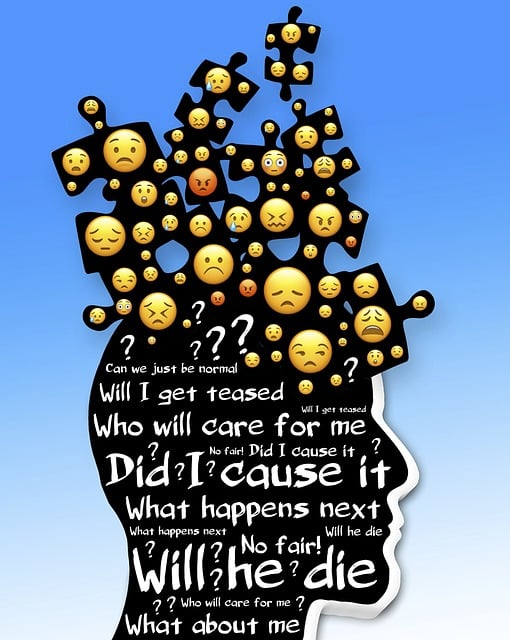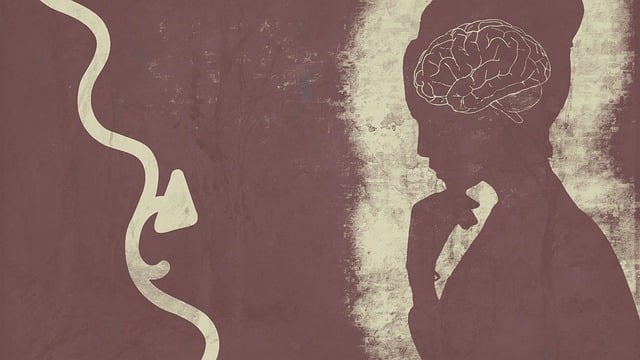The media's portrayal of mental illness is evolving, moving away from negative stereotypes and simplistic narratives. Recent progress includes authentic stories featuring diverse perspectives, such as American Sign Language (ASL) for hearing-impaired individuals. These initiatives aim to reduce stigma and foster empathy. Incorporating ASL in media narratives and therapy empowers the deaf community and enriches mental wellness coaching programs, making support more accessible, especially for children who use ASL as their primary communication method. This approach enhances emotional expression, self-esteem, and accurate representation of inner struggles, while also serving as a risk assessment tool for professionals.
Mental illness representation in media has long been a topic of debate, with many calls for more accurate and nuanced storytelling. This article explores current challenges in media portrayal and presents innovative solutions. We delve into the power of American Sign Language (ASL) as a tool for inclusive storytelling, specifically focusing on its implementation in therapy for children’s mental health representation. By embracing ASL, media can enhance diversity, promote understanding, and offer valuable insights into the experiences of young people navigating mental health issues.
- The Current State of Mental Illness Portrayal in Media
- American Sign Language (ASL) as a Tool for Inclusive Storytelling
- Implementing ASL Therapy for Children's Mental Health Representation in Media
The Current State of Mental Illness Portrayal in Media

The current state of mental illness representation in media is a complex and evolving landscape. While there has been progress in recent years, many portrayals still fall short of accuracy and sensitivity. Media often perpetuates stereotypes and offers simplistic or sensationalized narratives about various mental health conditions. This can lead to misunderstandings and stigma among the general public. For instance, characters with depression are sometimes depicted as consistently sad without exploring the multifaceted nature of this disorder. Similarly, serious mental illnesses like schizophrenia are frequently portrayed as terrifying or supernatural, contributing to fear and discrimination.
However, there is a growing movement towards more responsible representation. Shows and films that incorporate stories about individuals navigating therapy, anxiety, and depression with authenticity and complexity offer valuable insights. Incorporating diverse perspectives, including the use of American Sign Language for portraying hearing impairment, enriches these narratives further. Additionally, initiatives focused on raising mental health awareness through media campaigns are crucial steps in fostering empathy and reducing stigma. These efforts extend to healthcare providers as well, emphasizing the need for burnout prevention strategies to ensure accurate and compassionate care.
American Sign Language (ASL) as a Tool for Inclusive Storytelling

Incorporating American Sign Language (ASL) into media narratives offers a powerful tool for inclusive storytelling and challenging negative representations of mental illness. By integrating ASL, creators can ensure that deaf and hard-of-hearing individuals are not only accurately depicted but also empowered to share their experiences. This visual language is not merely a means of communication; it’s a cultural aspect that enriches the narrative landscape. Encouraging mental wellness coaching programs for both children and adults who use ASL can further promote understanding and empathy, fostering an environment where everyone feels seen and heard.
Beyond individual storytelling, public awareness campaigns that leverage ASL can play a significant role in burnout prevention. By presenting mental health issues from diverse perspectives, these campaigns can break down barriers and reduce stigma. The development of such initiatives not only benefits the deaf community but also contributes to broader mental wellness coaching efforts, ensuring that support is accessible to all, regardless of their communication methods or cultural backgrounds.
Implementing ASL Therapy for Children's Mental Health Representation in Media

Incorporating American Sign Language (ASL) therapy into media representation offers a promising approach to improve mental health support for children. By utilizing ASL, media platforms can break down communication barriers and provide a more inclusive narrative for young audiences, especially within communities where deaf or hard-of-hearing individuals are often underrepresented. This therapeutic method enhances emotional expression and self-esteem improvement, allowing characters to convey their inner struggles and victories more authentically.
The implementation of ASL therapy benefits not only children’s mental health representation but also serves as a valuable tool for risk assessment and management among mental health professionals. By integrating sign language into media, creators can educate viewers on the nuances of different mental health conditions, fostering a deeper understanding and reducing stigma. Additionally, it encourages mental health professionals to develop robust risk management planning, ensuring they are equipped to handle sensitive content responsibly and provide accurate representations of therapeutic interventions, such as ASL-based therapy.
In conclusion, the current state of mental illness representation in media demands a shift towards more accurate and inclusive storytelling. By utilizing American Sign Language (ASL) as a powerful tool, we can enhance the way mental health is portrayed, especially for children. Implementing ASL therapy in media production ensures that deaf and hard-of-hearing individuals have access to content that reflects their experiences and promotes understanding. This approach not only challenges negative stereotypes but also fosters empathy and supports overall mental well-being. With these strategies, we can create a more inclusive media landscape, offering Therapy for Children with mental health concerns through accessible and meaningful representation.
